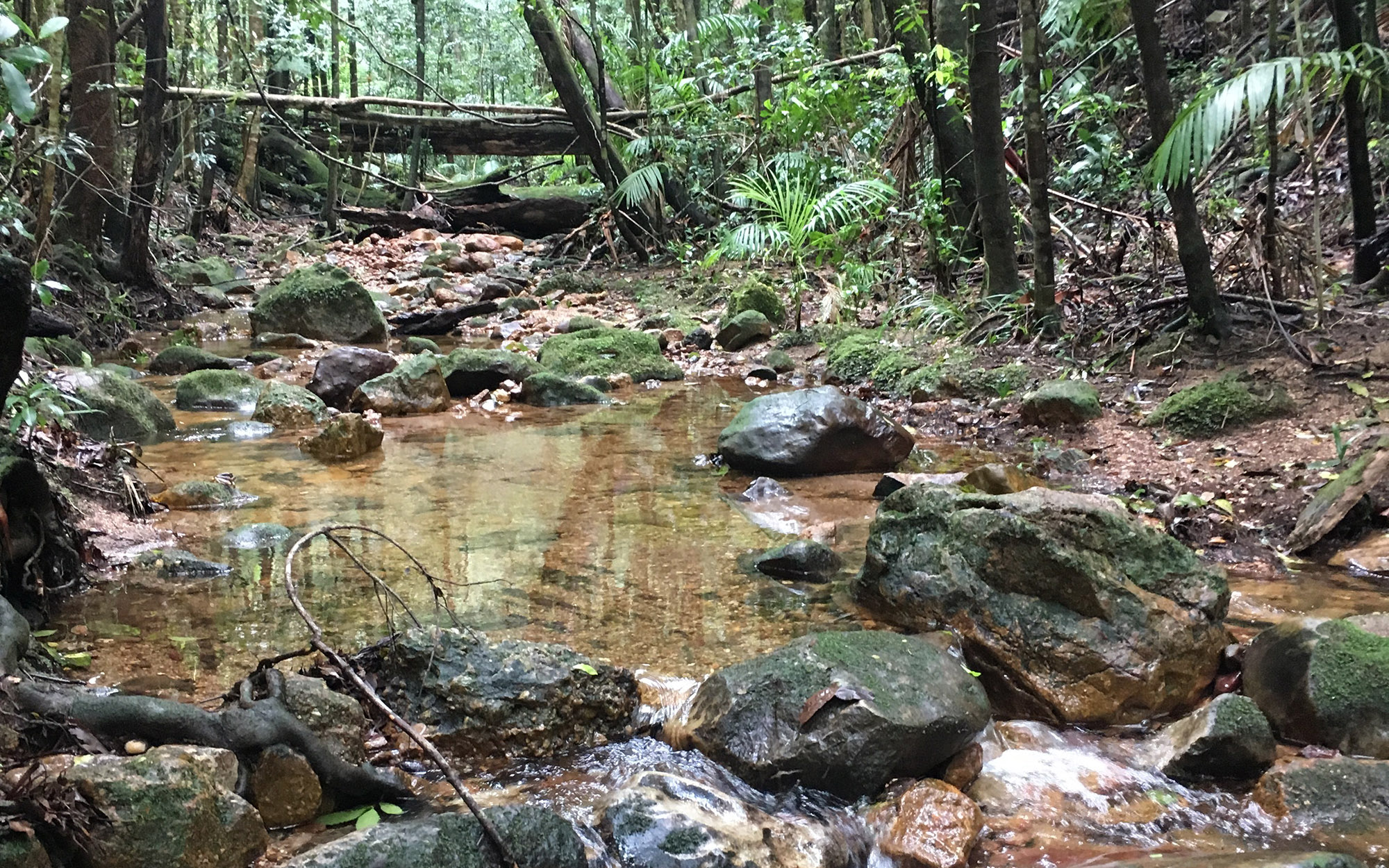What do environmental flows seek to achieve?
The environmental flow rules are based on the following broad river flow objectives that set out 12 aspects of flow considered to be critical for the protection or restoration of river health, ecology and biodiversity. The objectives were subject to extensive public consultation and endorsed by the NSW Government in 1999.
The river flow objectives are to:
- protect natural water levels in pools of creeks and rivers and wetlands during periods of no flow
- protect natural low flows
- protect or restore a proportion of moderate flows, 'freshes' and high flows
- maintain or restore the natural inundation patterns and distribution of floodwaters supporting natural wetland and floodplain ecosystems
- mimic the natural frequency, duration and seasonal nature of drying periods in naturally temporary waterways
- maintain or mimic natural flow variability in all rivers
- maintain rates of rise and fall of river heights within natural bounds
- maintain groundwaters within natural levels, and variability, critical to surface flows or ecosystems
- minimise the impact of in-stream structures
- minimise downstream water quality impacts of storage releases
- ensure river flow management provides for contingencies
- maintain or rehabilitate estuarine processes and habitats.
The purpose of the river flow objectives is to produce specific environmental benefits such as:
- improved survival of ecosystems and aquatic biodiversity
- improved water quality
- healthier wetlands
- improved habitat quality and increased variability of habitat for native fish, frogs, waterbirds and other native fauna, including invertebrates
- more successful breeding of native birds, fish and other native fauna, which only breed in response to specific environmental triggers, for example, rising or falling water levels in the natural seasons
- more natural inundation of flood plains and wetlands, leading to better health and productivity (such as grazing), protection of endangered species, biodiversity and water quality
- discouragement of alien pest species, such as carp, which favour regulated conditions
- improved health of in-stream and riparian vegetation, leading to greater bank stability, improved efficiency of buffer strips in protecting water quality, and reduced erosion and turbidity
- reduced frequency of algal blooms.
